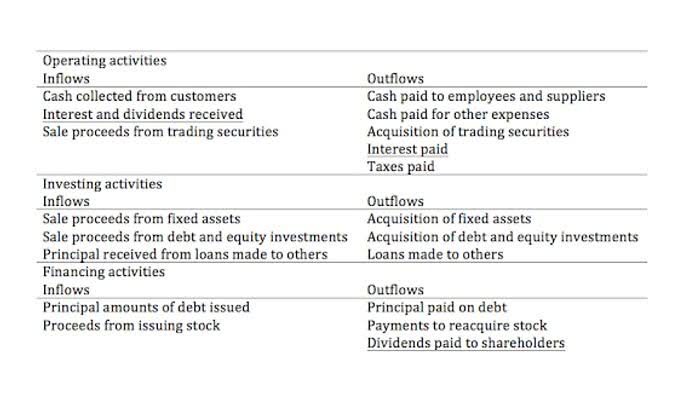
In periods of rising prices, FIFO fifo and lifo formulas results in higher net income than LIFO. The opposite is true in falling price environments – LIFO shows higher profits compared to FIFO. This is because even though we acquired 30 units at the cost of $4 each the same day, we have assumed that the sales have been made from the inventory units that were acquired earlier for $5 each.
Why Is LIFO Accounting Banned in Most of the World?

LIFO generates lower profits in early periods and more profit in later months. The newer units with a cost of $54 remaining in ending inventory, which has a balance of (130 units X $54), or $7,020. The sum of $6,080 cost of goods sold and $7,020 ending inventory is $13,100, the total inventory cost. Let’s assume that a sporting goods store begins the month of April with 50 baseball gloves in inventory and purchases an additional 200 gloves. Goods available for sale totals 250 gloves, and the gloves are either sold (added to cost of goods sold) or remain in ending inventory.
- Last in, first out (LIFO) is a method used to account for business inventory that records the most recently produced items in a series as the ones that are sold first.
- Inventory valuation is more than just an accounting requirement—it directly influences your cost of goods sold (COGS), tax liabilities and profit margins.
- If the price you paid for that inventory fluctuates during that time period, this does need to be taken into account as well.
- To find the cost valuation of ending inventory, we need to track the cost of inventory received and assign that cost to the correct issue of inventory according to the FIFO assumption.
- Last in, first out or LIFO, is a method of accounting for valuing inventory.
- To do that, we need to see the cost of the most recent purchase (i.e., 3 January), which is $4 per unit.
Accounting Jobs of the Future: How Staffing Agencies Can Help Land Them
FIFO is an ideal valuation method for businesses that must impress investors – until the higher tax liability is considered. Because FIFO results in a lower recorded cost per unit, it also records a higher level of pretax earnings. The FIFO method assumes that the oldest inventory units are sold first, while the LIFO method assumes that the most recent inventory units are sold first.

Inventory Valuation Methods: FIFO and LIFO
With FIFO—first in, first out—the oldest inventory is sold first, making it ideal for businesses where goods need to be rotated regularly, such as in food or retail. LIFO—last in, first out—assumes the most recent purchases are sold first, which can affect profit margins during inflationary times. The right accounting software helps you track your inventory values so you can quickly and easily calculate costs.
- The right accounting software helps you track your inventory values so you can quickly and easily calculate costs.
- FIFO is an assumption because the flow of costs of an inventory doesn’t have to match the actual flow of items out of inventory.
- Most businesses use either FIFO or LIFO, and sole proprietors typically use average cost.
- Because this method assumes that the most recently purchased items are sold, the value of the ending inventory is based on the cost of the oldest items.
- With FIFO, the oldest units at $8 were sold, leaving the newest units purchased at $11 remaining in inventory.
Other Valuation Methods

This also means that the earliest goods (often the least expensive) are reported under the cost of goods sold. Because the expenses are usually lower under the FIFO method, net income is higher, resulting in a potentially higher tax liability. For this reason, companies must be especially mindful of the bookkeeping under the LIFO method as once early inventory is booked, it may remain on the books untouched for long periods of time. Before diving into the inventory valuation methods, you first need to https://www.bookstime.com/ review the inventory formula.
Weighted Average vs. FIFO vs. LIFO: An Example
If you operate a retailer, manufacturer, or wholesale business, inventory may require a large investment, and you need to track the inventory balance carefully. Managing inventory requires the owner to assign a value to each inventory item, and the two most common accounting methods are FIFO and https://x.com/BooksTimeInc LIFO. FIFO is an inventory valuation method that stands for First In, First Out, where goods acquired or produced first are assumed to be sold first. This means that when a business calculates its cost of goods sold for a given period, it uses the costs from the oldest inventory assets.

